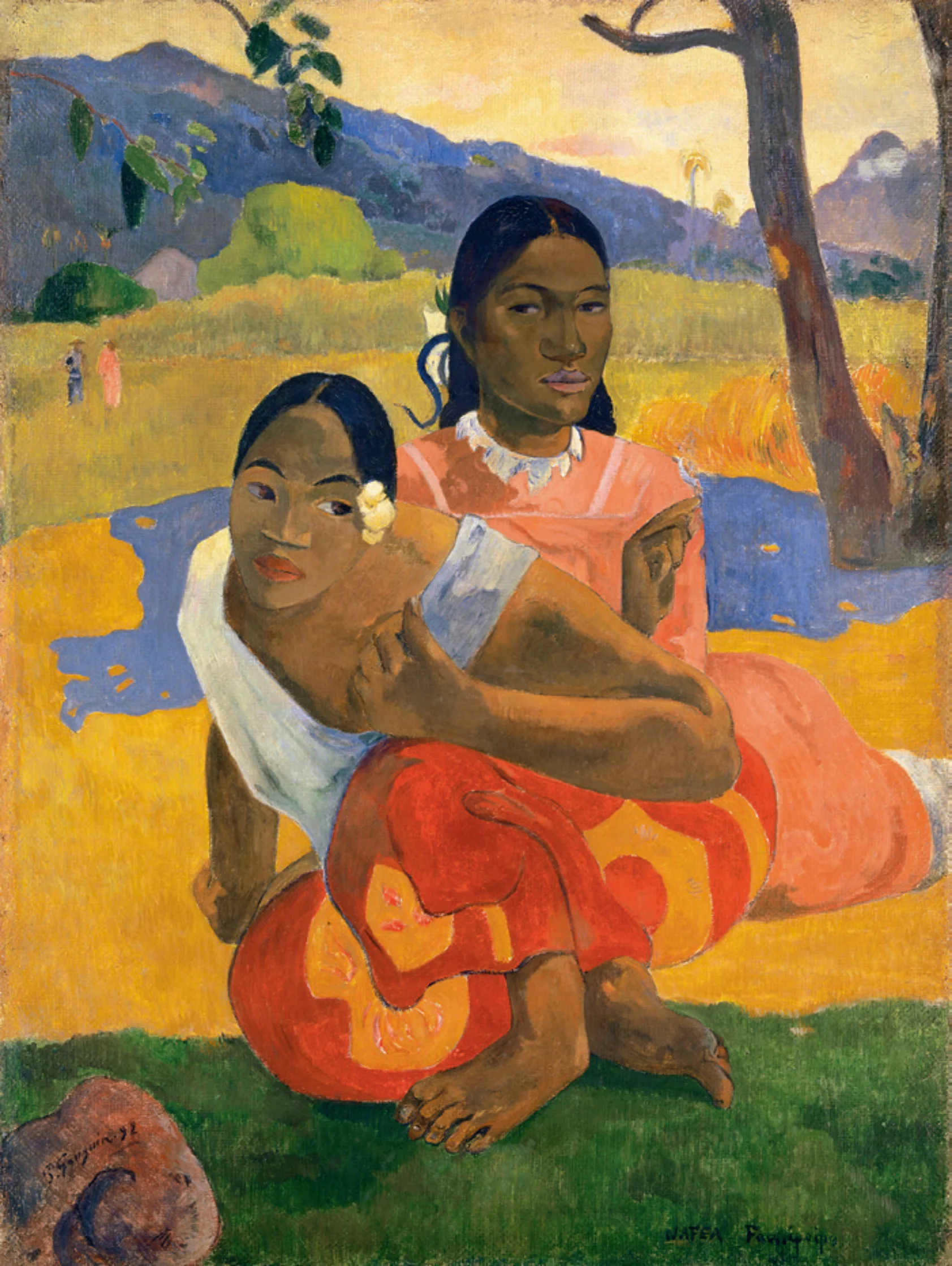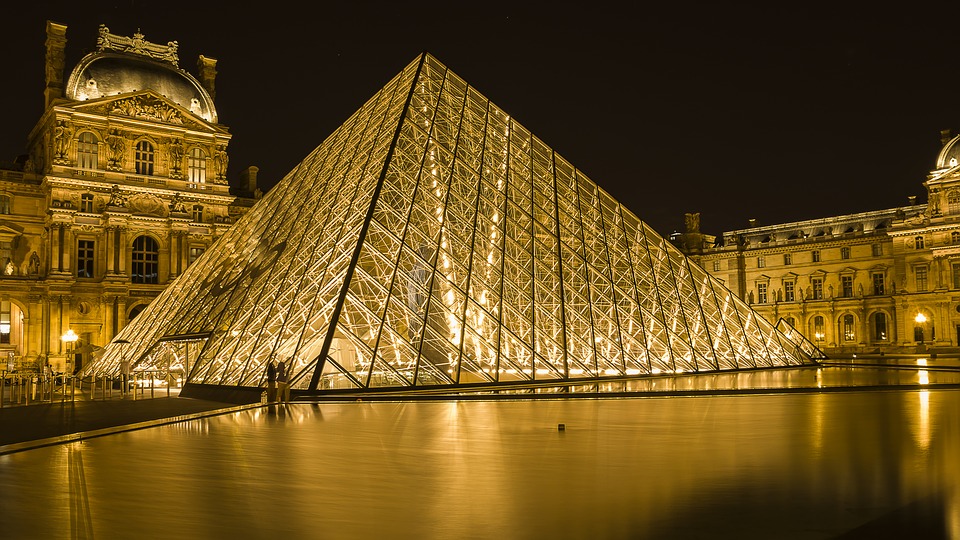What is Art after $450m Da Vinci Sale?
What is Art?
That is the question people have been struggling with for years. After the world record $450m sale of Leonardo Da Vinci’s Salvator Mundi (Saviour of the World) in Christies, New York; are we better able to answer that? The bidding war, lasted less than 19mins, and left billionaires, experts and admirers speechless. Bids rose by $10m, then $5m, then $2m once it reached $260m. This seismic event will have leave a lot of galleries, collectors, insurers and art-thieves around the world with a few headaches this morning.
Yet, so much about Salvotor Mundi remains unknown. Does this add to the mystery or risk? The painting disappeared for centuries and even the recent history is subject to allegations and court cases:
1958: Sotheby’s sold the painting for £45
2005: Sold at Lousiana auction for $10,000 in 2015
2013: Sotheby’s sold the painting for $80m in 2013
2013: A few days later, buyer sells it to Russian Tycoon for $127.5m
2017: Christies sell painting for $450,312,500
Art of the Sale
Who had the bargain and who made the most from the painting? There may be some queries as to its authenticity, but the Art of the Sale is not in doubt. Christies brought it on a world tour, London, Hong Kong, San Francisco and New York… home to every major bank, industrial, tech billionaire and foundation. Over 25,000 people saw it, the security, hype, and setting all adding to the allure. There was even a video of Leonardo Di Caprio viewing the painting. Christies had an irrevocable bid before the auction even started, so a sale was always guaranteed.
According to art insiders, auction houses will charge the seller commission (maybe 10-15%) and a buyer premium of 25%. For rare pieces, the rates may change as auctioneers compete for the prized asset. Would this have been a $50m+ sale plus invaluable PR for Christies?
Art of Investment
The buyer is unknown and the painting is unlikely to go on public display. Bought for prestige, scarcity, beauty or investment... who knows. In years to come who could say it's not been a wise investment? For all its controversy, it's made a significant return for every owner over the last 60 years. And that's not to mention, the repercussions for the remaining high-value art world - public, private and philanthropic. Hypothetically, what would it make it if was on public display?
6 million people a year go to see a possibly unfinished painting hanging in the Louvre. To put that in perspective that is:
- Four times the amount who visited the Titanic Centre and Giants Causeway combined (top 2 attractions in NI)
- More than all the visitors to Guinness Store House, Cliffs of Moher, Dublin Zoo, National Aquatic Centre and Book of Kells (top 5 attractions in Republic of Ireland)
- More than all those who attended Manchester United, Arsenal, Manchester City, Chelsea, Liverpool and Tottenham Hotspur home league matches in 2016/17 (top 6 in premier league)
Louvre, Paris attracts 6m visitors per year
Leonardo Da Vinci started painting the Mona Lisa in 1503 and it was still by his side on his death in 1519. Was it ever finished? Either way at €9 ($10.54) entrance fee and 6m admirers passing per year, that’s over $60m per annum, not including merchandise, image rights or indirect benefits (e.g. visitor flights/hotels in Paris, or ability of Louvre to branch out to Abu Dhabi). In recent years, as some American cities, Irish banks and former millionaires faced financial pressure they were forced to sell off some of their art works. With austerity, is this something public institution should consider? And what would some Irish Art collections be worth now, and where are they?
Art of Experience
Leonardo Da Vinci had little if any formal schooling and is described in a new biography by Walter Isaacson, as having once used the signature “Leonardo Da Vinci, student of experience”. The same biography suggests that there are only 15 completed Da Vinci paintings left in the world, with any number left incomplete. Maybe this explains the extra-ordinary record sale of a Da Vinci painting. In the push for STEM, are we forgetting art?
Art in Plain Sight
Van Gogh, Rembrandt, Gauguin, Cezanne, and Vermeer to name but a few artists all died penniless. Today their works regularly fetch over $100m, for example: Paul Gauguin’s Nafea Faa Ipoipo (When Will You Marry?) was bought for $300m in a private sale in 2015.
Not every artist will be a master, but then not every start-up will be the next Google. If Art can not only be valuable, but attract a big audience and bring people happiness… should we invest, as a society in art? And if so, should we start by supporting local artists who may be struggling? Next time you see graffiti, think could it be the next Banksy?
How would it work in practice... would government, economic appraisers, the media justify the spend, appreciate the value of art? over what time period?
What is Art? Supposedly you know art when you see it… but if Salvator Mundi proves one thing, it's that, that is not always true
Liam McGarry




